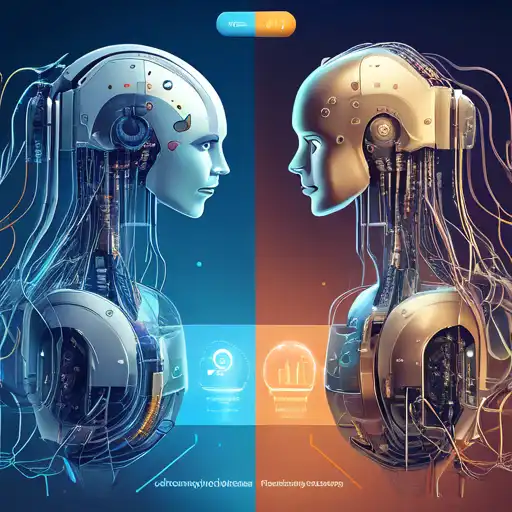Introduction to Machine Learning and Deep Learning
In the realm of artificial intelligence (AI), Machine Learning (ML) and Deep Learning (DL) are two of the most pivotal technologies driving innovation. While they are often used interchangeably, they possess distinct characteristics and applications. This article delves into the key differences between ML and DL, providing clarity for enthusiasts and professionals alike.
What is Machine Learning?
Machine Learning is a subset of AI that enables systems to learn from data, identify patterns, and make decisions with minimal human intervention. ML algorithms are trained using structured data and can perform tasks such as classification, regression, and clustering.
Types of Machine Learning
- Supervised Learning: The algorithm learns from labeled data.
- Unsupervised Learning: The algorithm explores unlabeled data to find hidden patterns.
- Reinforcement Learning: The algorithm learns by interacting with an environment to achieve a goal.
What is Deep Learning?
Deep Learning, a subset of ML, mimics the workings of the human brain in processing data for decision making. DL uses neural networks with many layers (hence 'deep') to analyze various factors of data. It excels in handling unstructured data like images and speech.
Key Features of Deep Learning
- Automated Feature Extraction: DL algorithms can automatically identify the features to be used for classification.
- Scalability: Performance improves with more data and larger models.
- Complexity: Capable of solving more complex problems than traditional ML.
Machine Learning vs. Deep Learning: The Key Differences
While both ML and DL aim to learn from data, their approaches and capabilities differ significantly.
Data Dependencies
DL requires large amounts of data to perform well, whereas ML can work with smaller datasets.
Hardware Requirements
DL models are computationally intensive, often requiring GPUs for training, while ML models can be trained on CPUs.
Feature Engineering
In ML, feature extraction is manual and requires domain expertise. DL automates this process, reducing the need for human intervention.
Interpretability
ML models are generally more interpretable than DL models, making them preferable in industries where understanding the decision-making process is crucial.
Choosing Between Machine Learning and Deep Learning
The choice between ML and DL depends on the problem at hand, the amount of available data, and computational resources. For simpler problems with limited data, ML might be the better option. Conversely, DL is suited for complex problems with vast amounts of data.
Conclusion
Understanding the differences between Machine Learning and Deep Learning is essential for leveraging the right technology for your needs. While ML offers simplicity and interpretability, DL provides unparalleled accuracy for complex tasks. As AI continues to evolve, the boundaries between these technologies may blur, but their core differences will remain relevant.
For more insights into AI technologies, explore our collection of AI articles.
